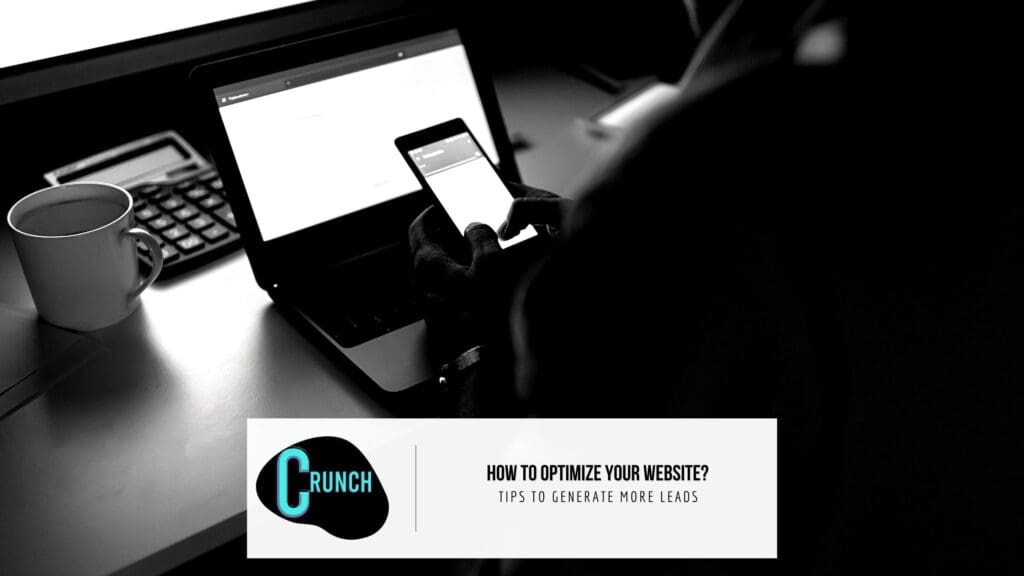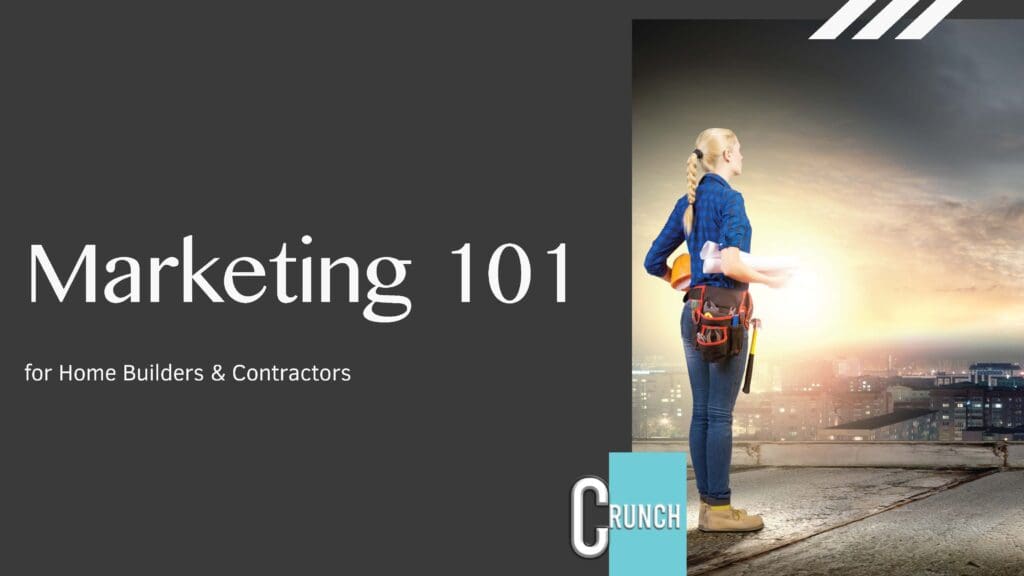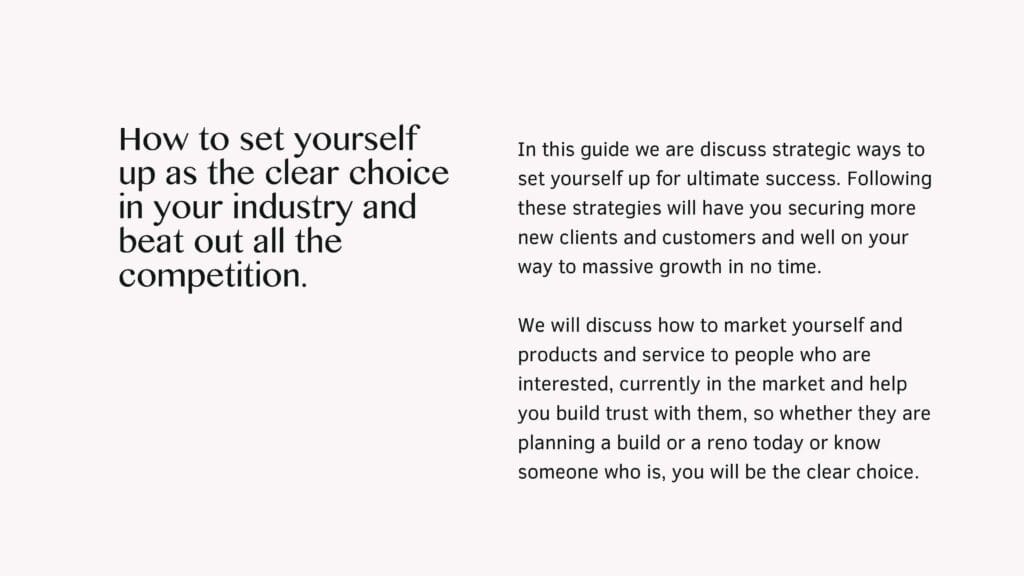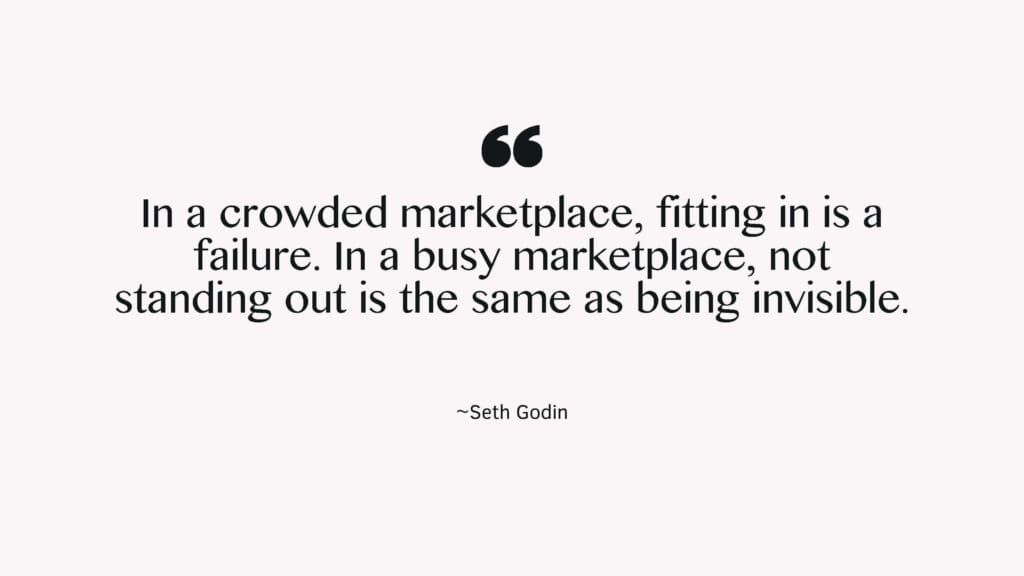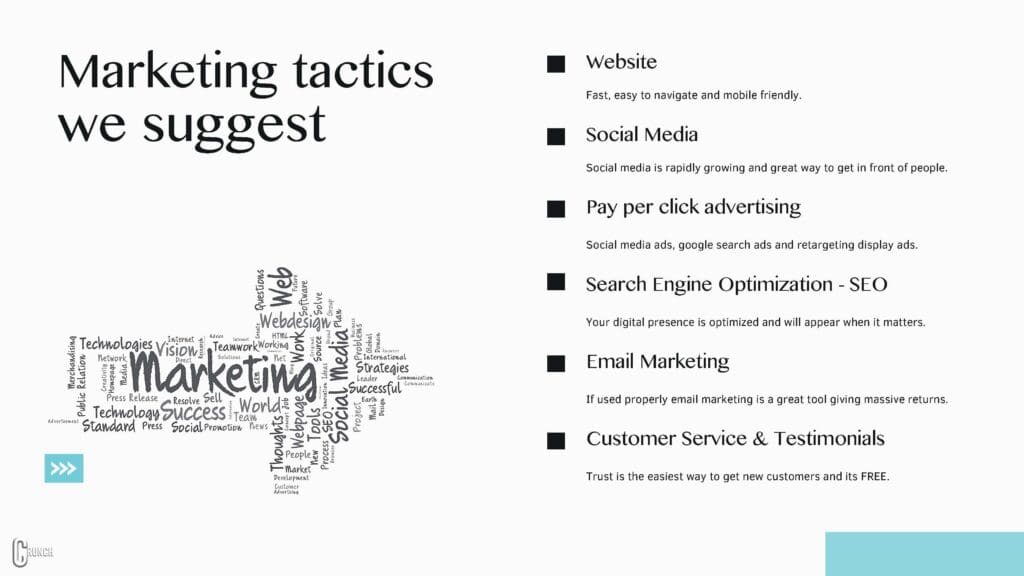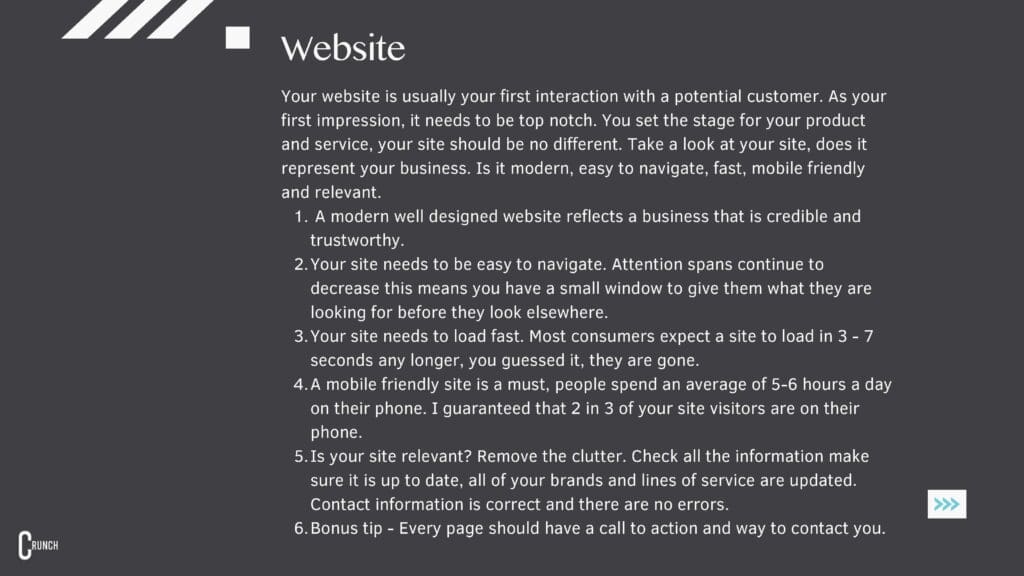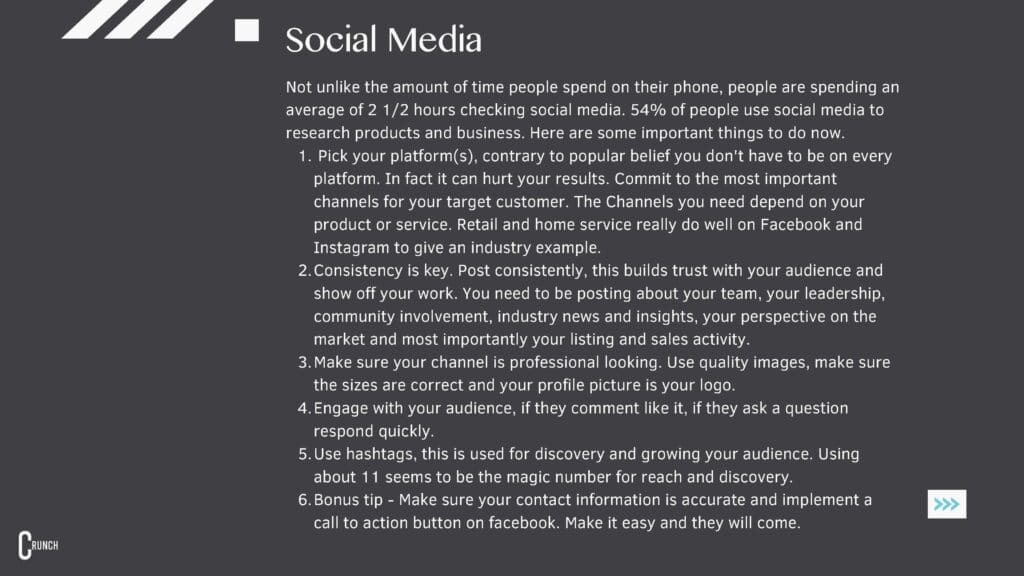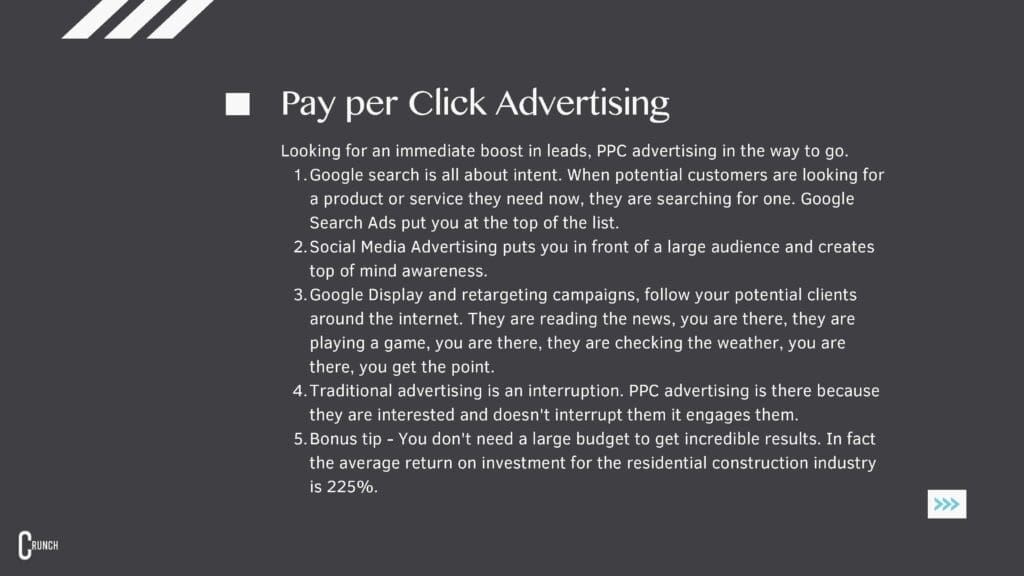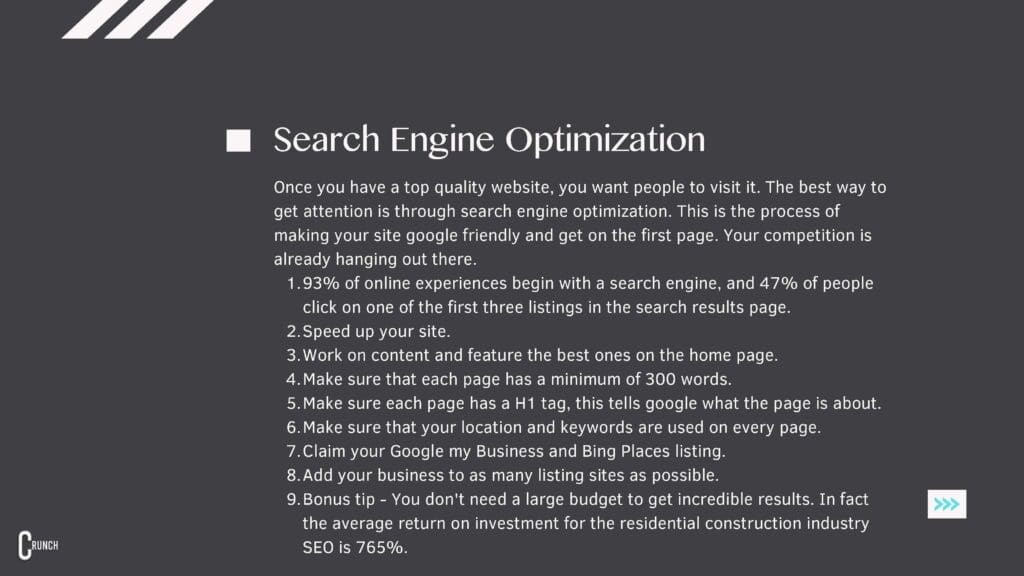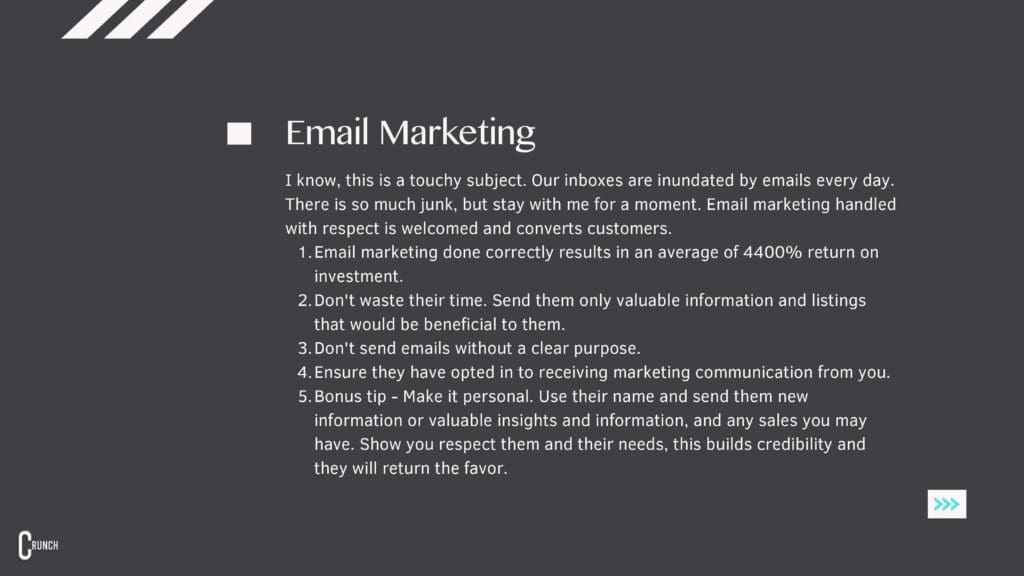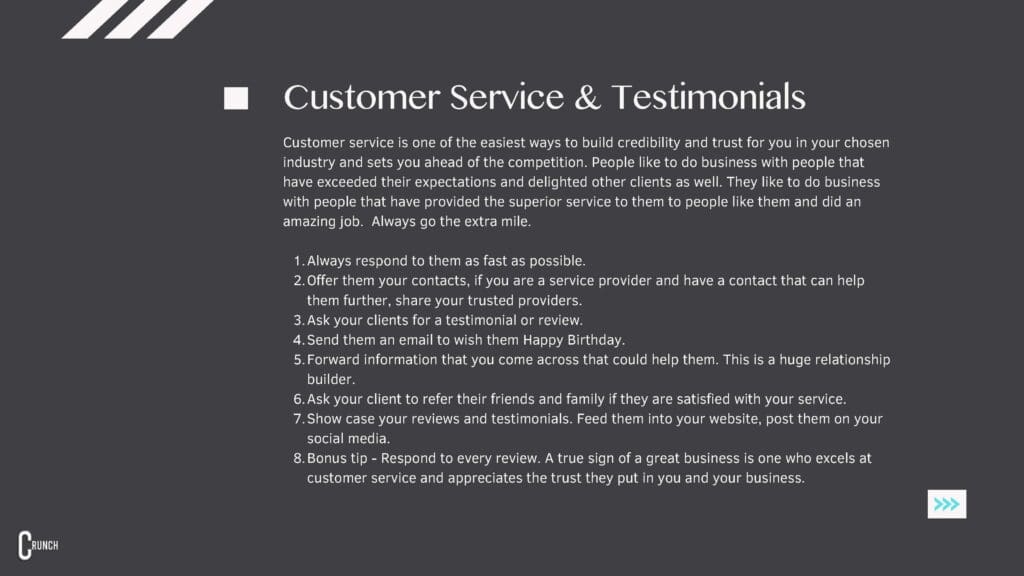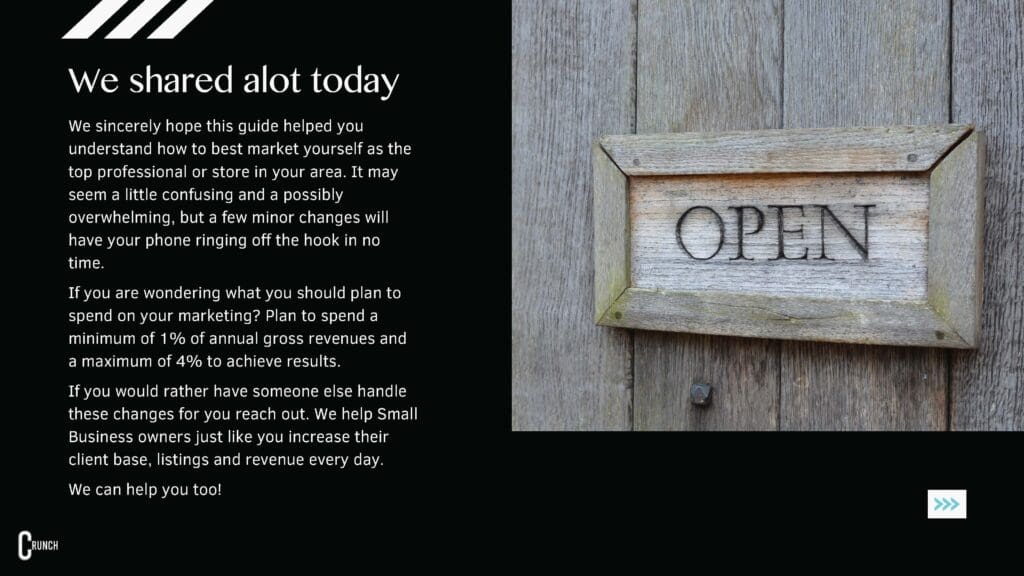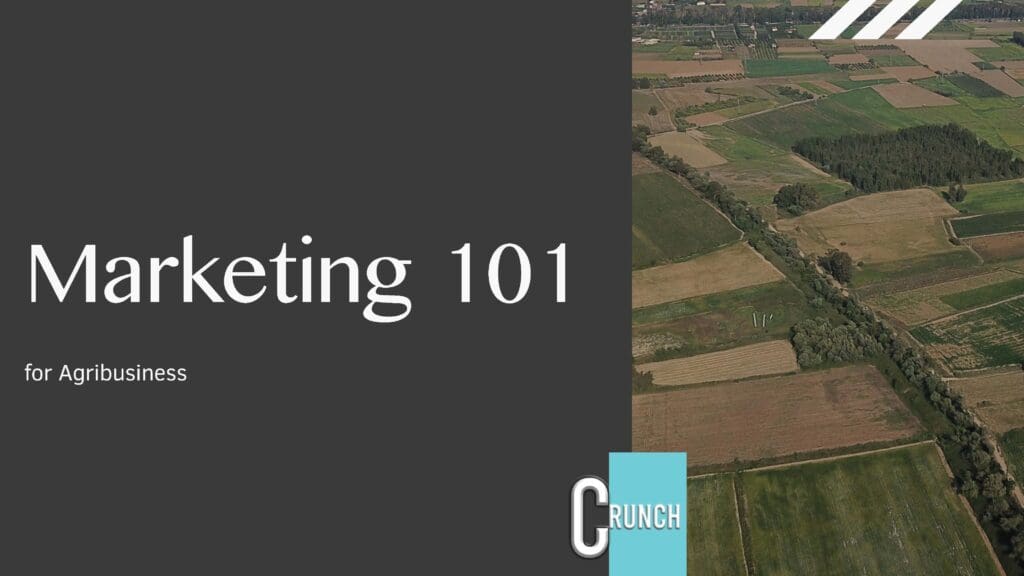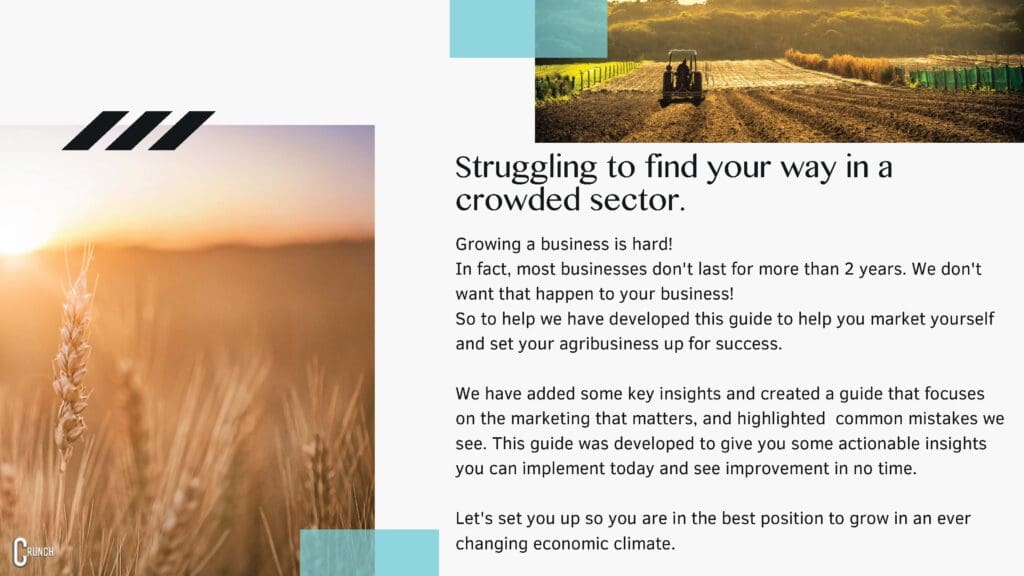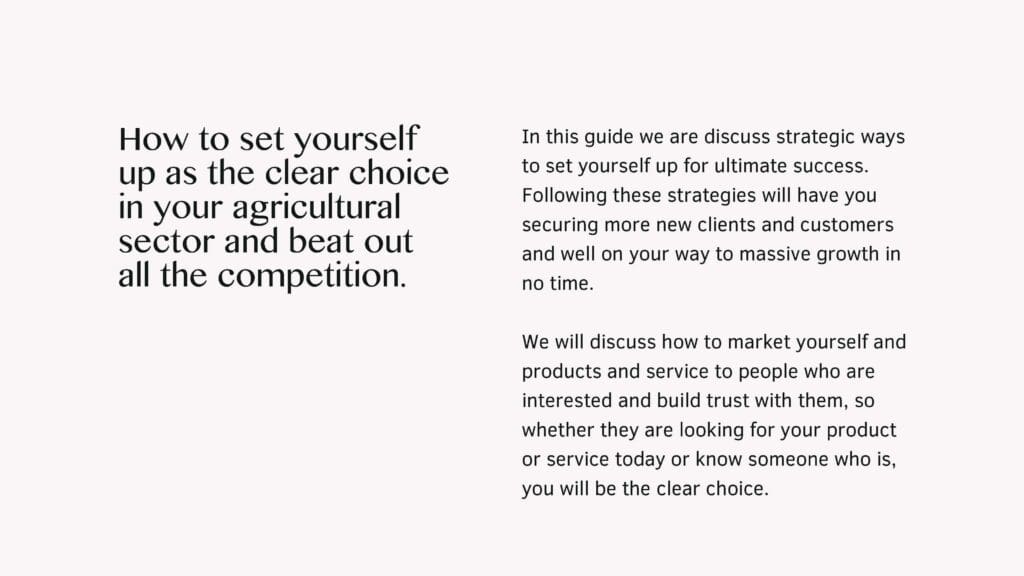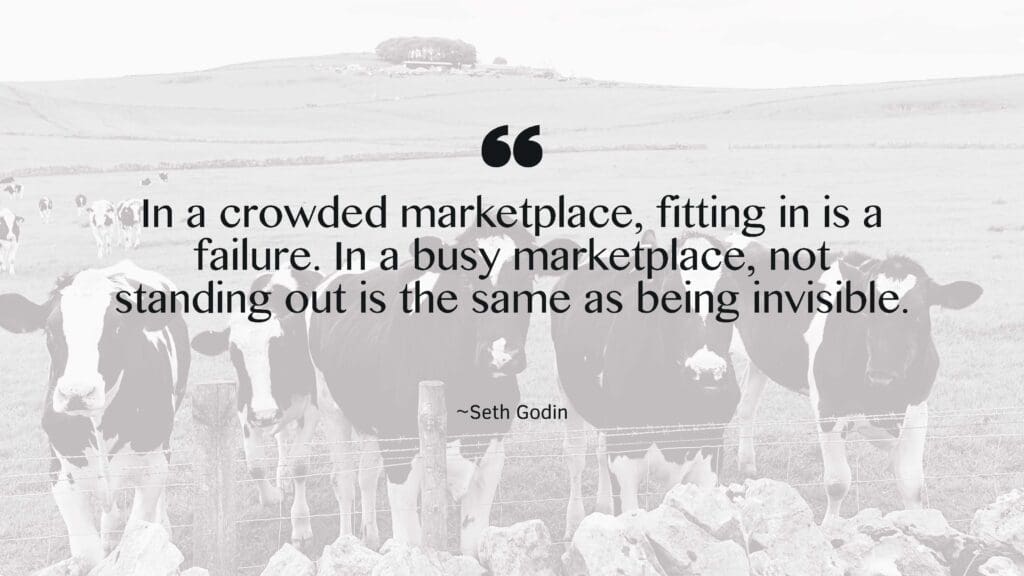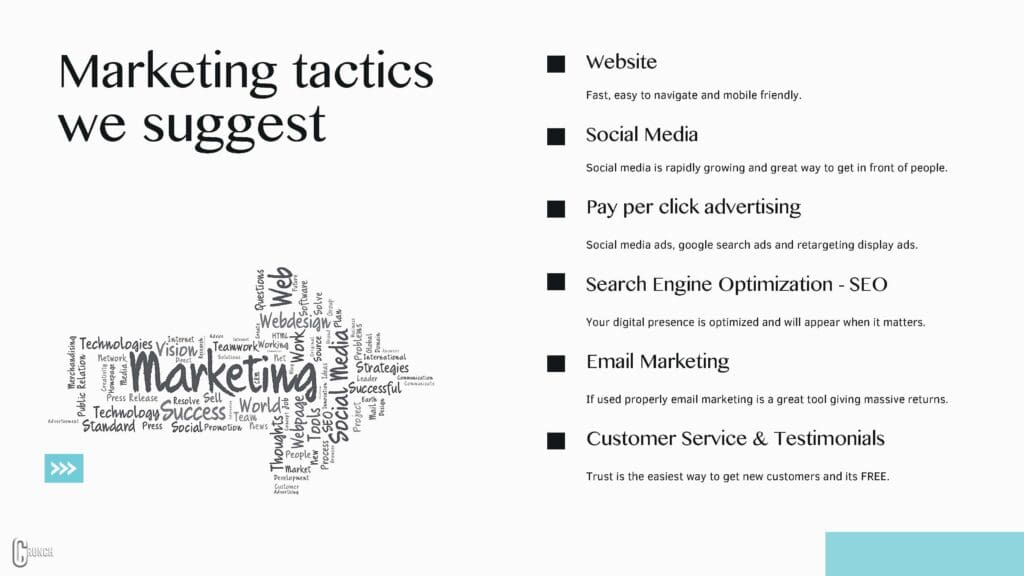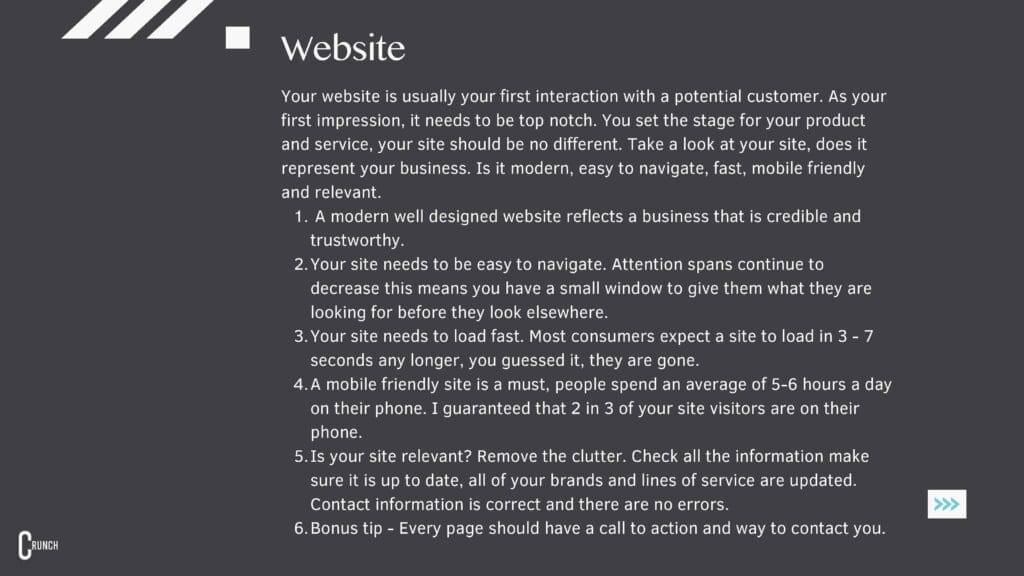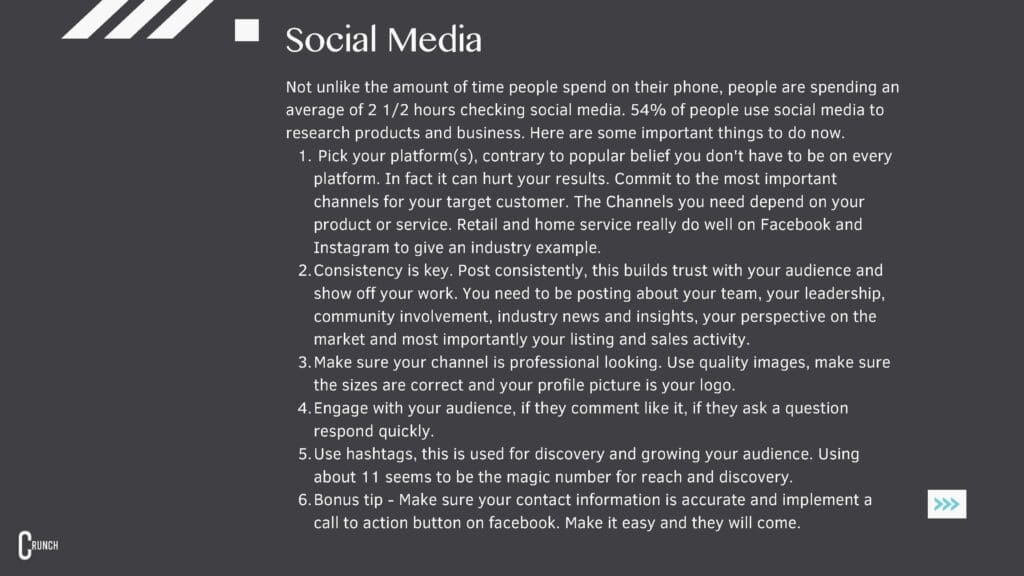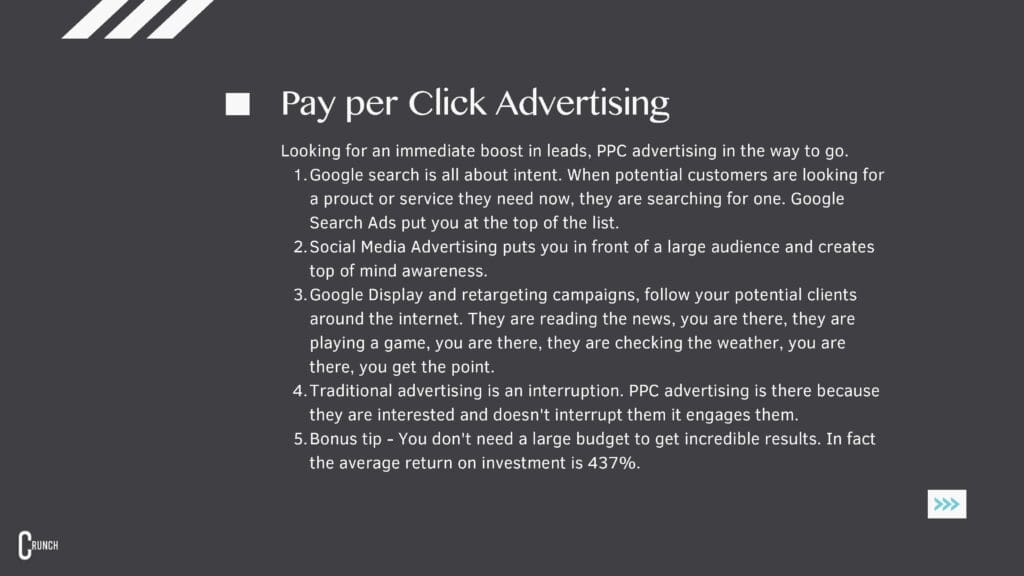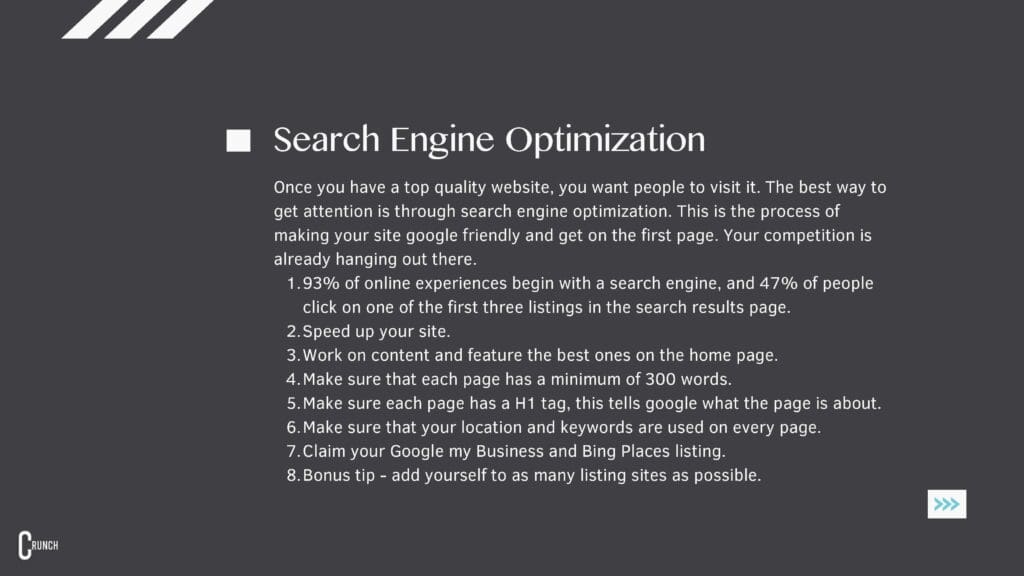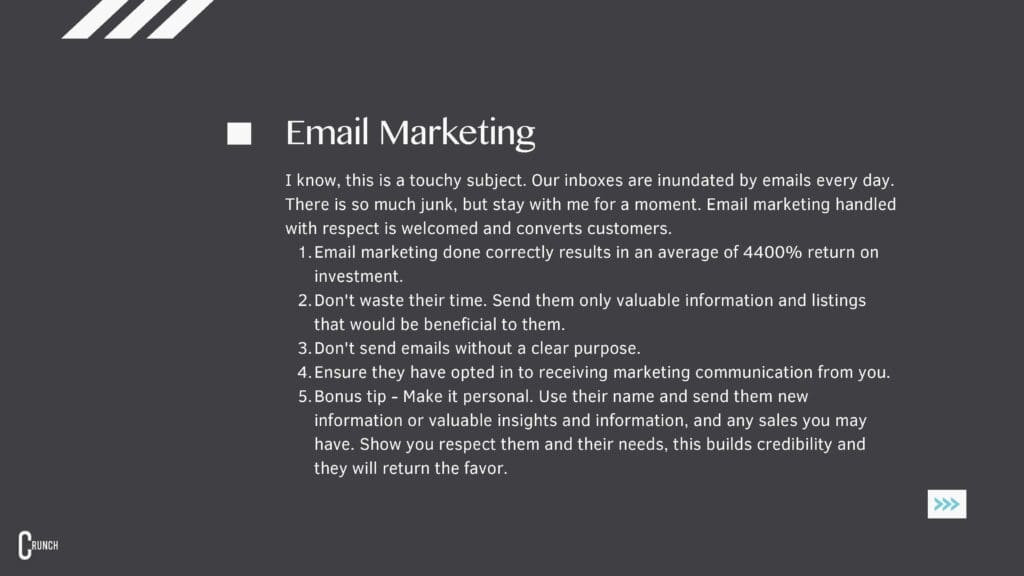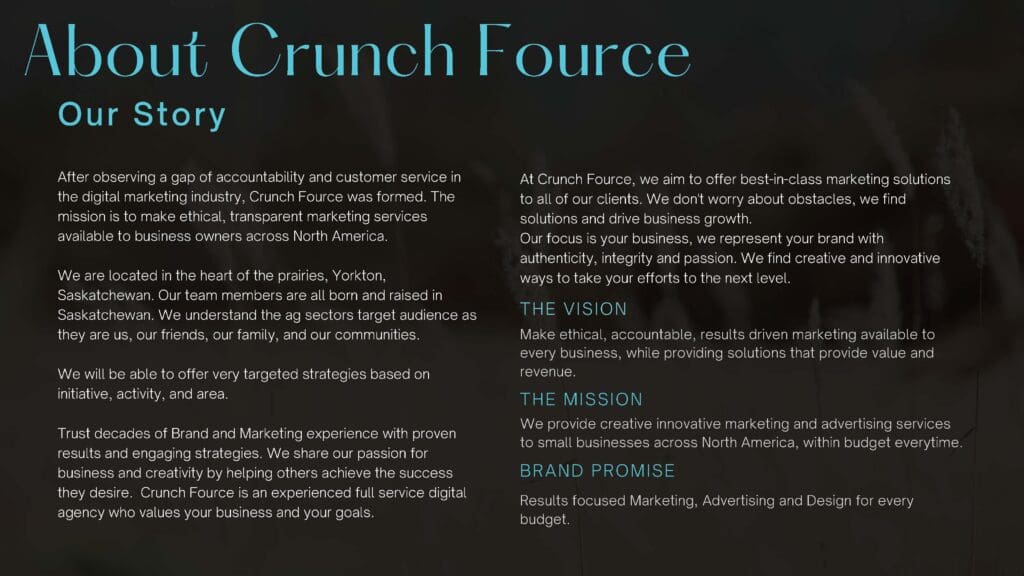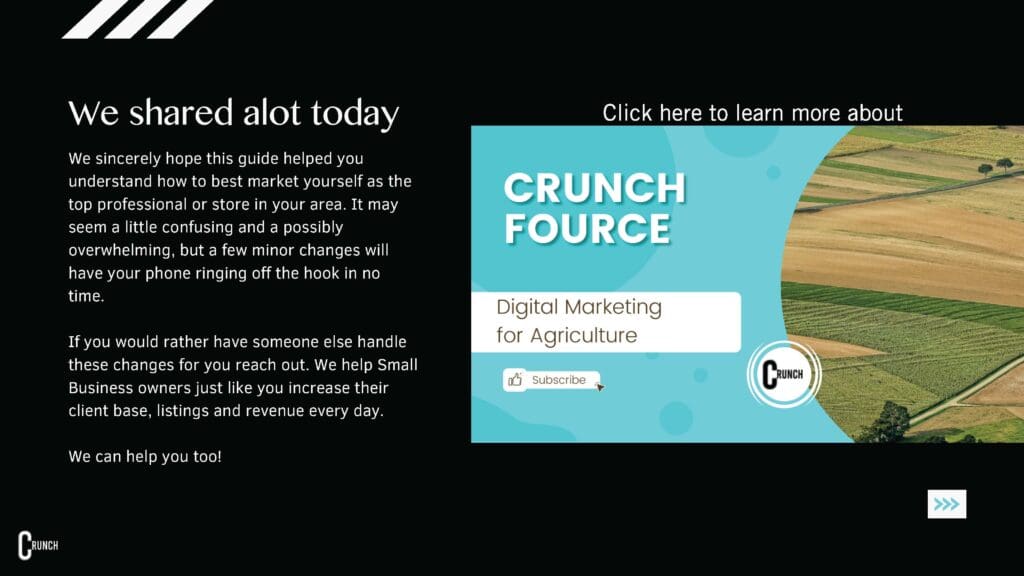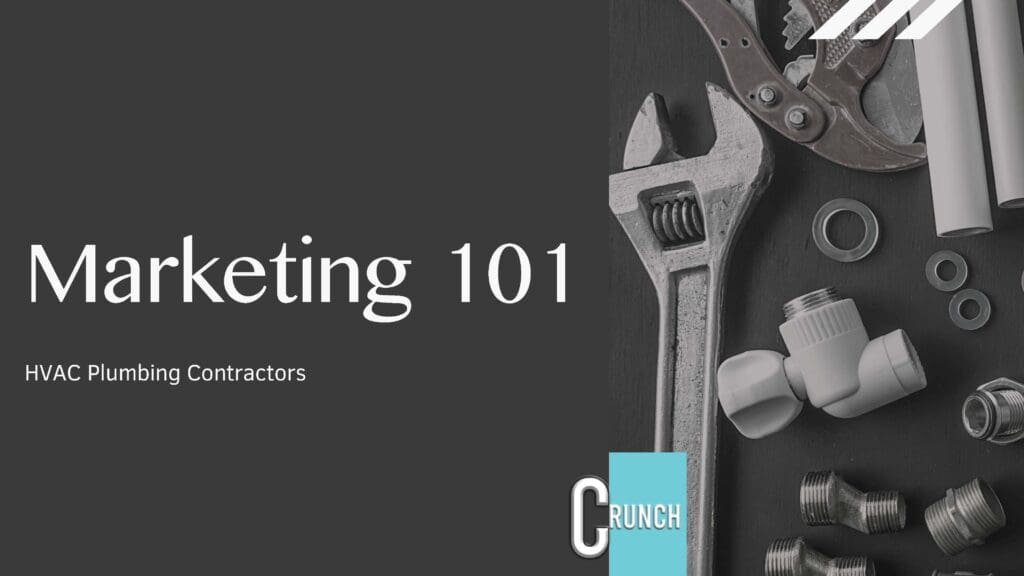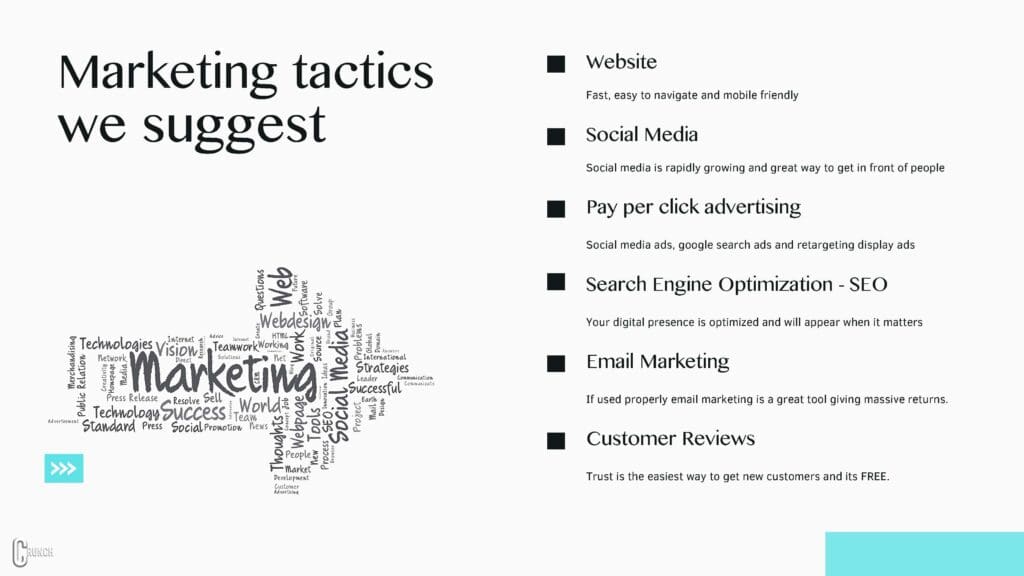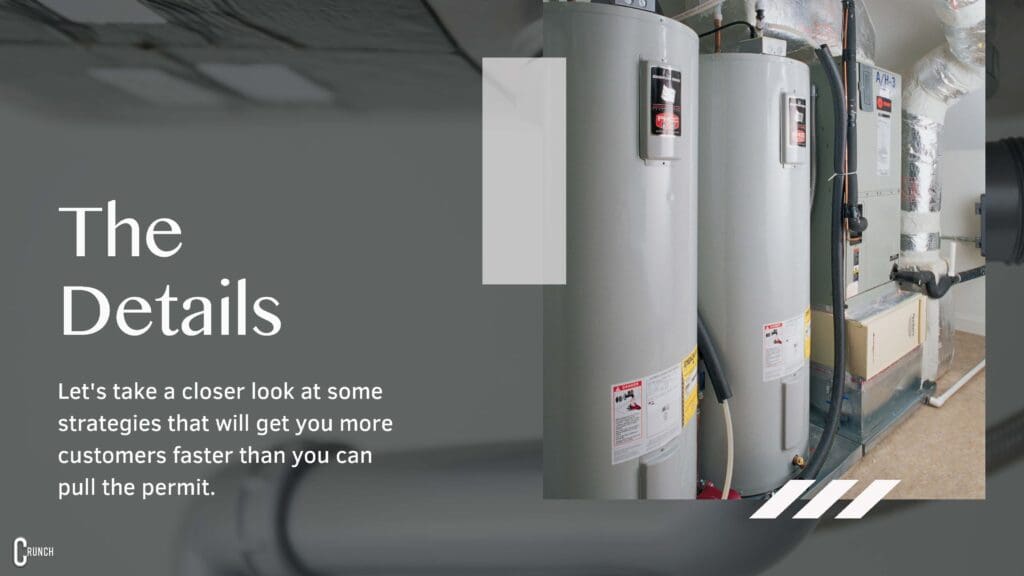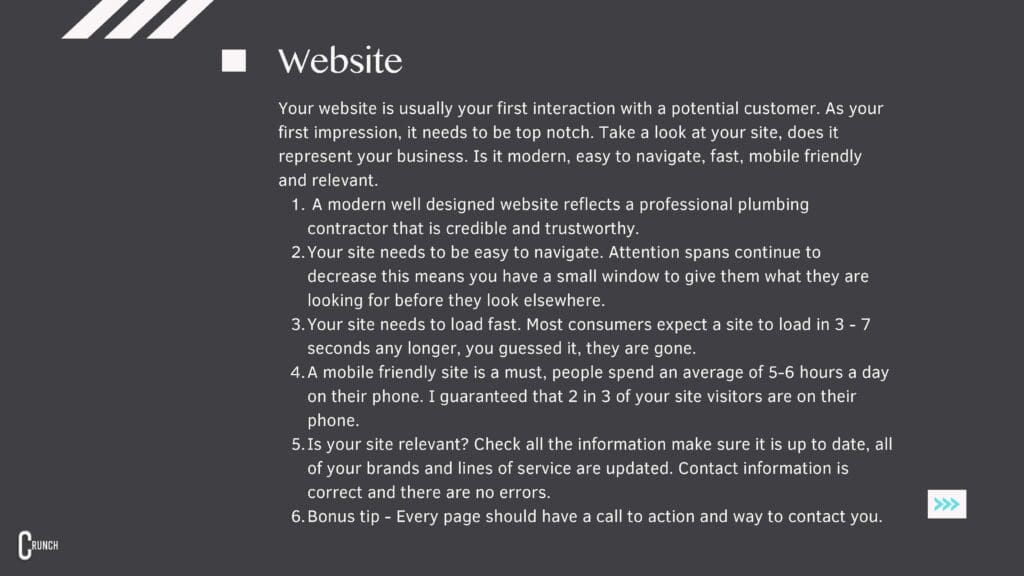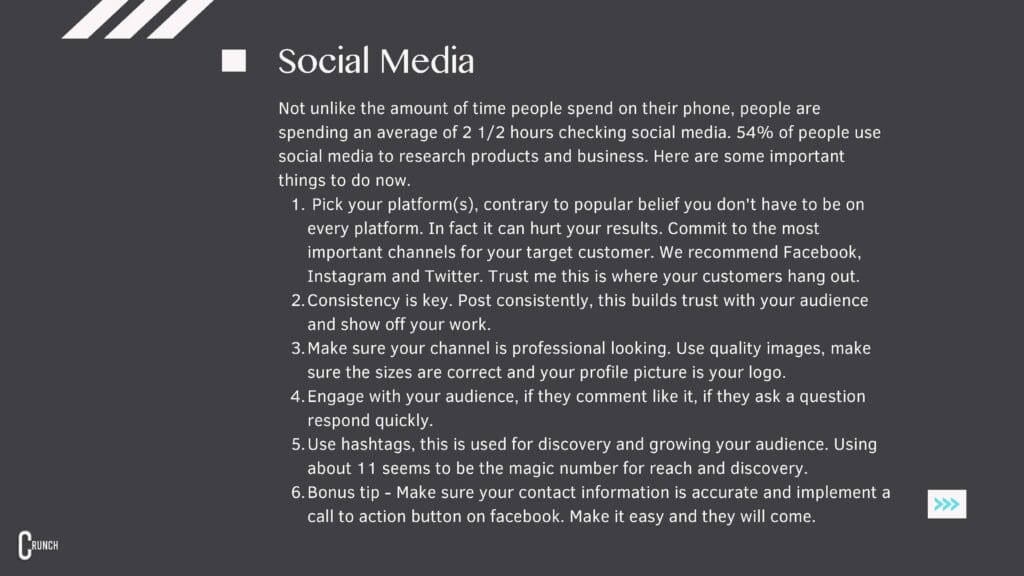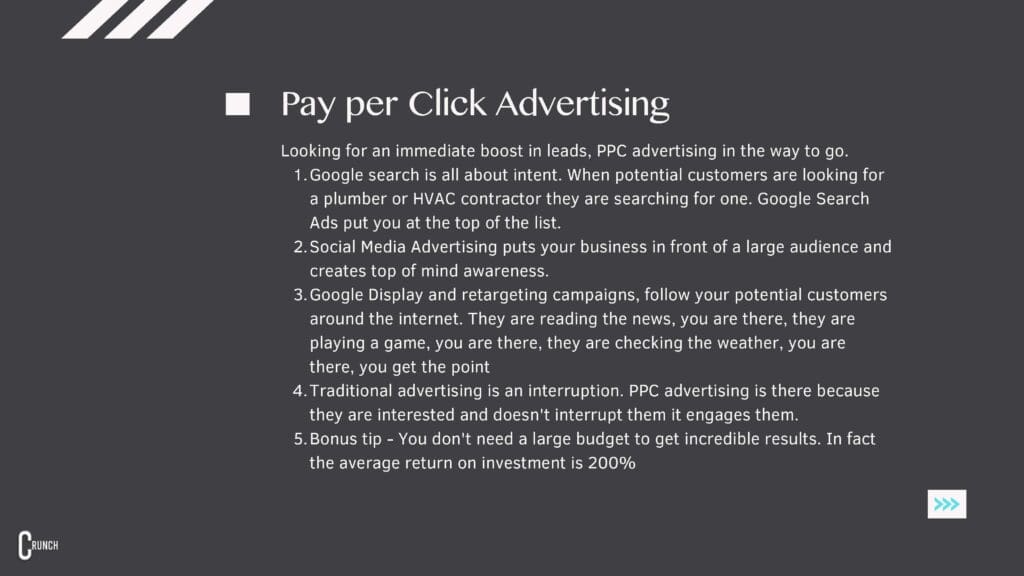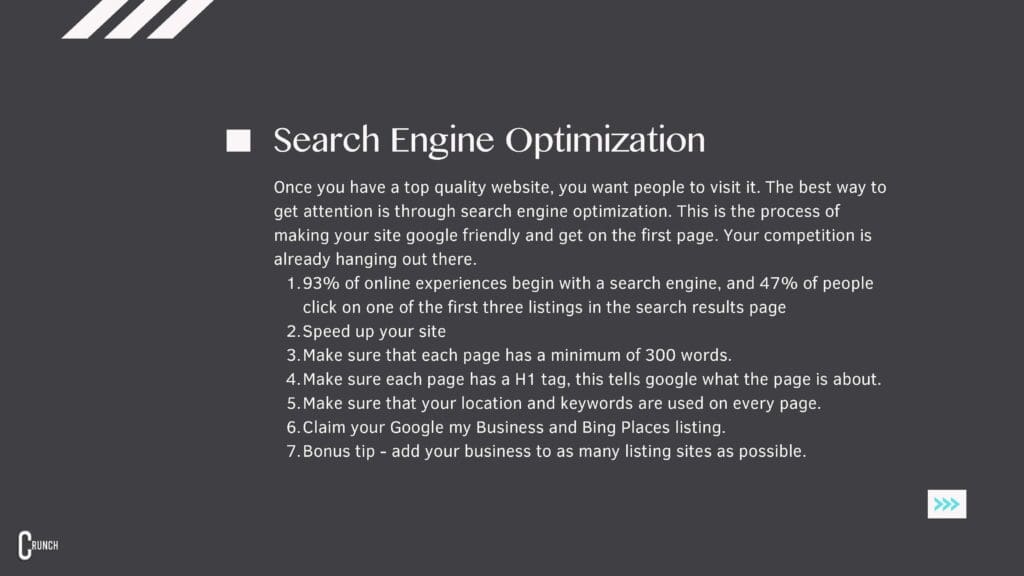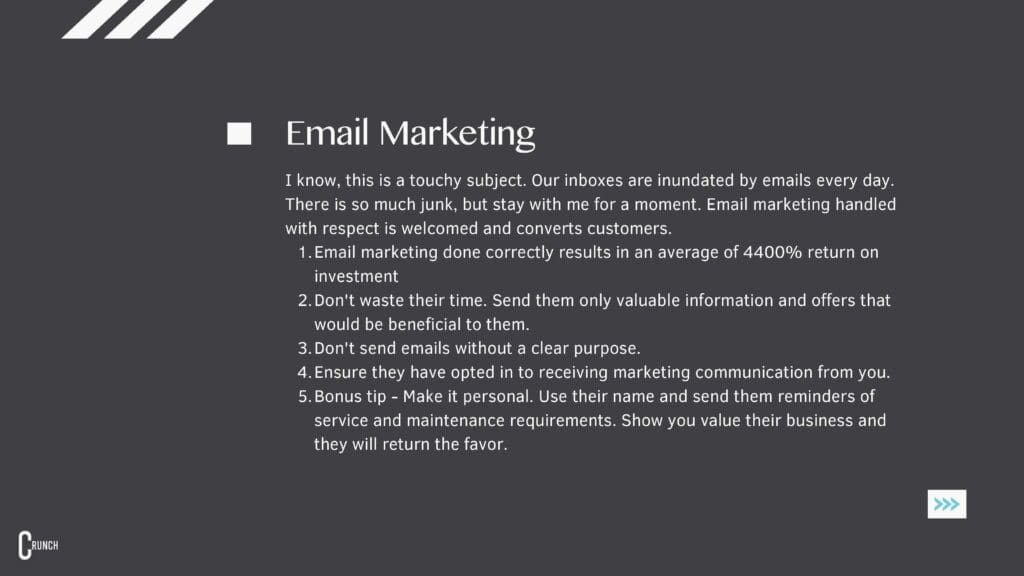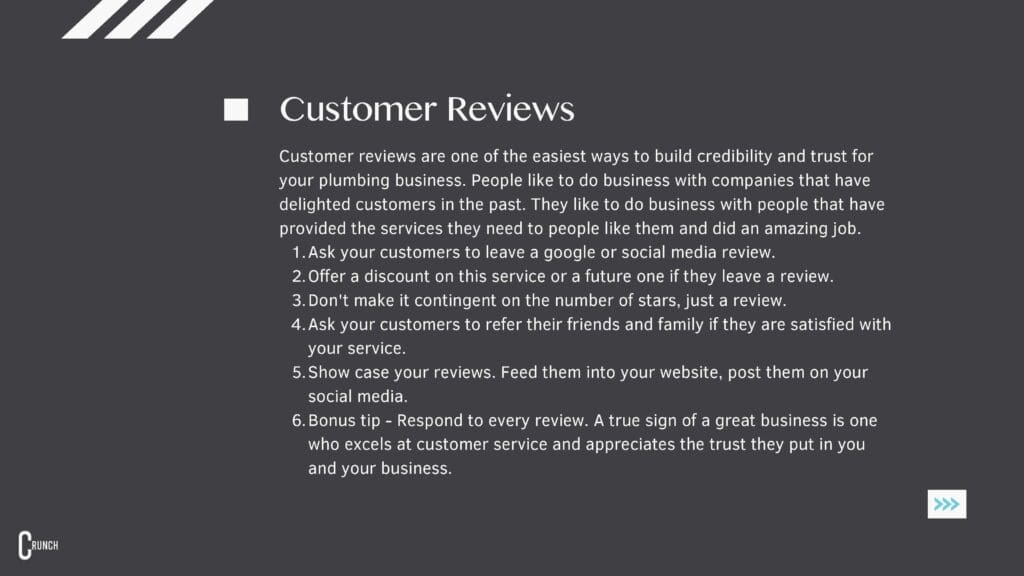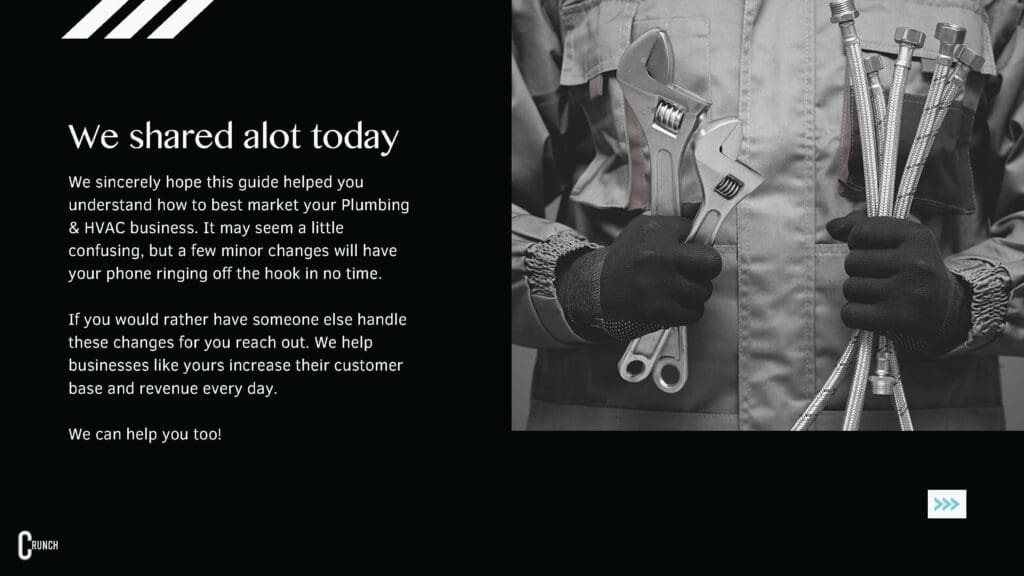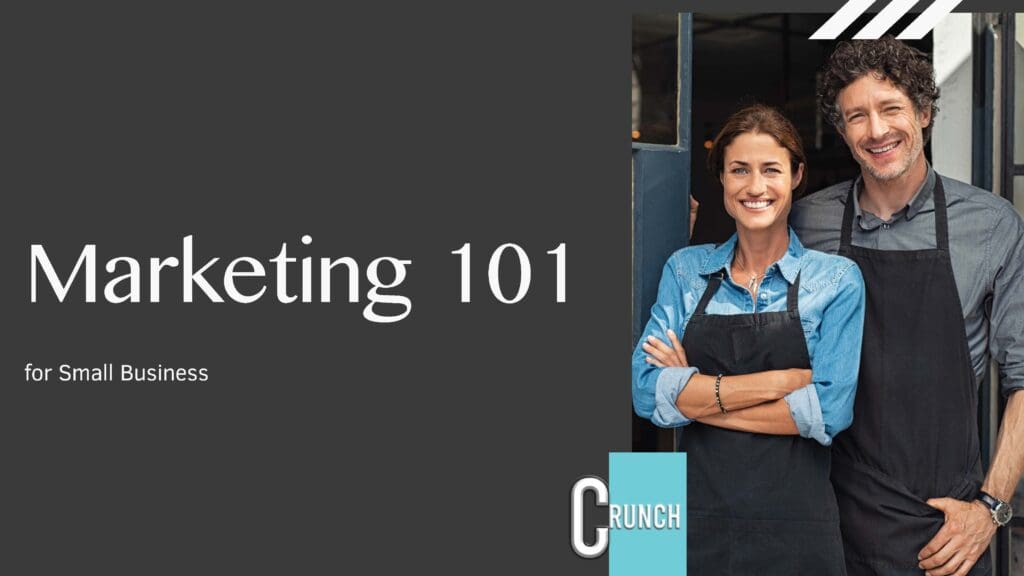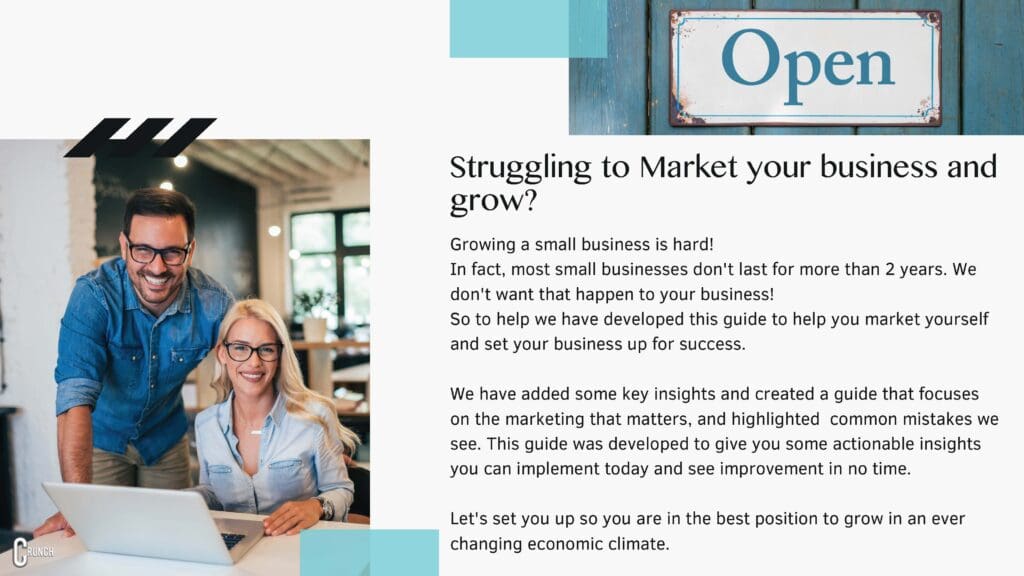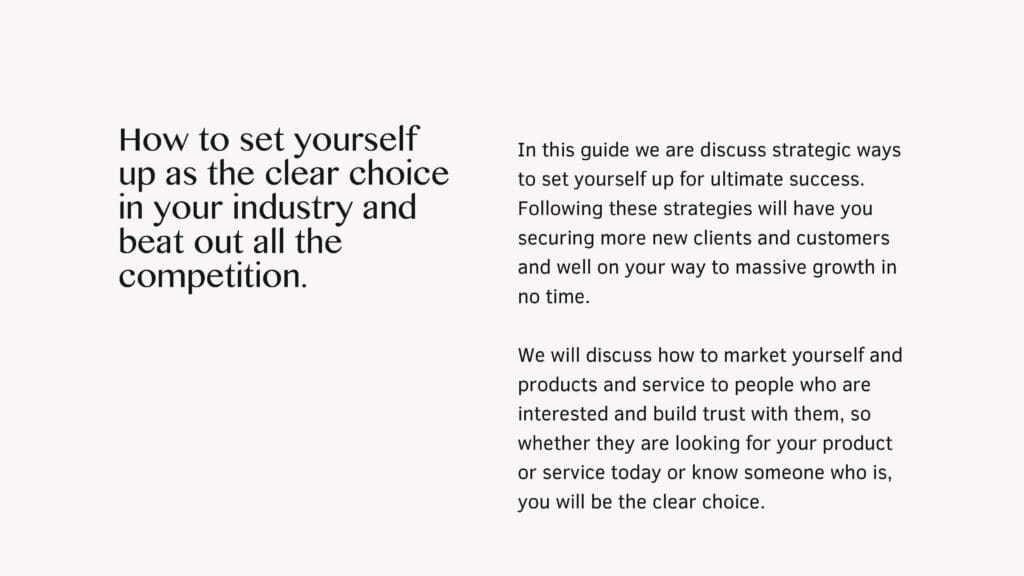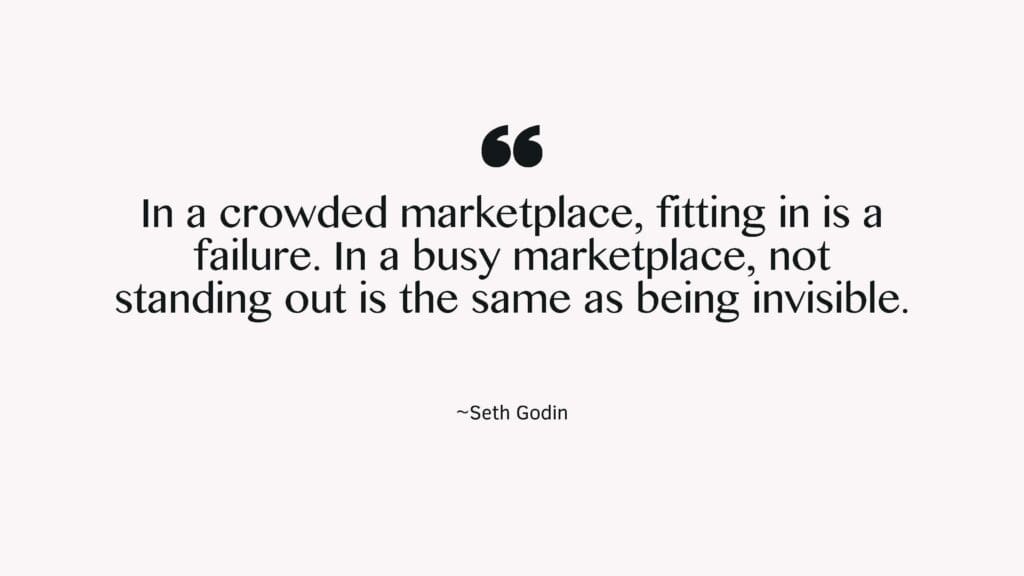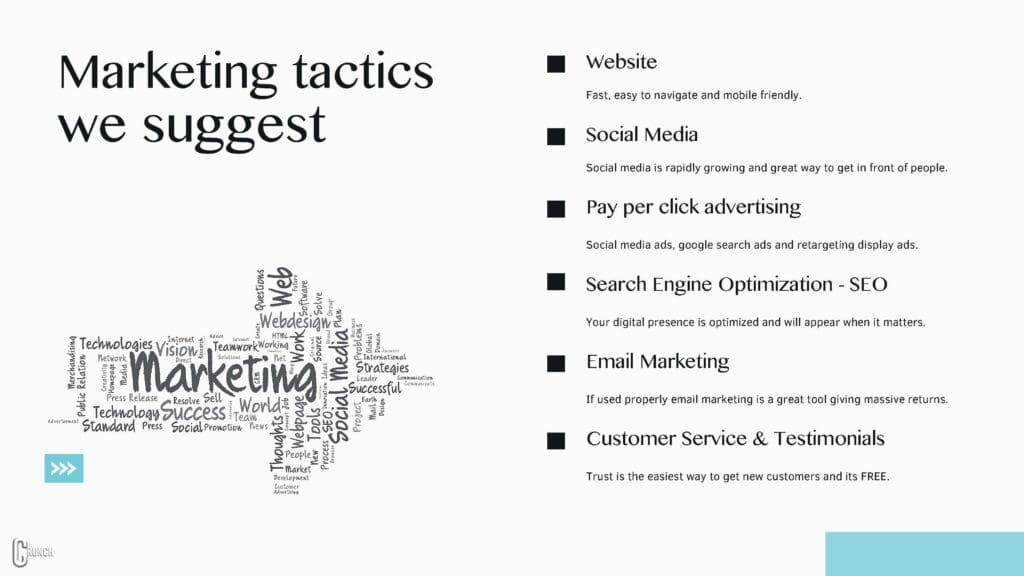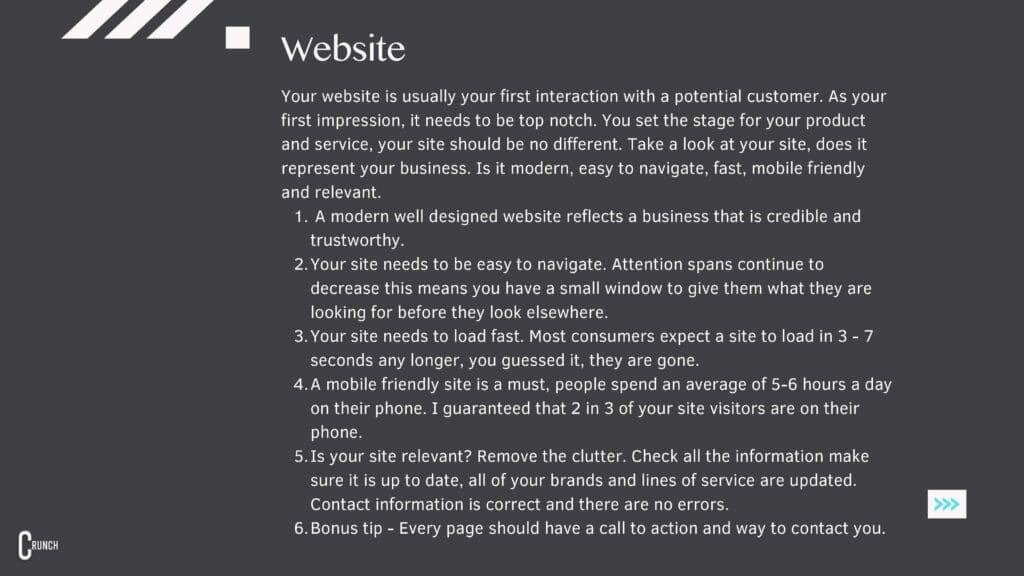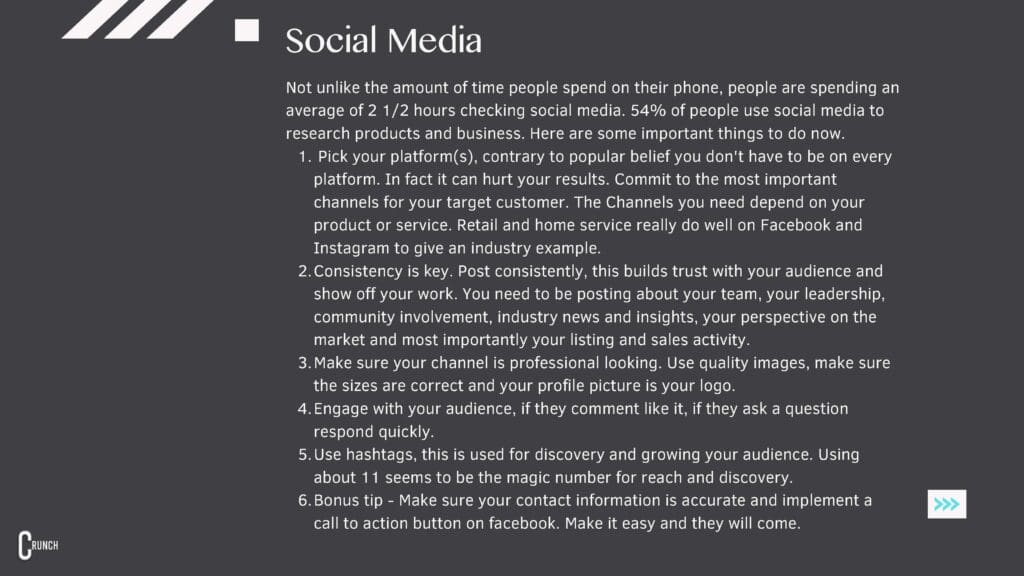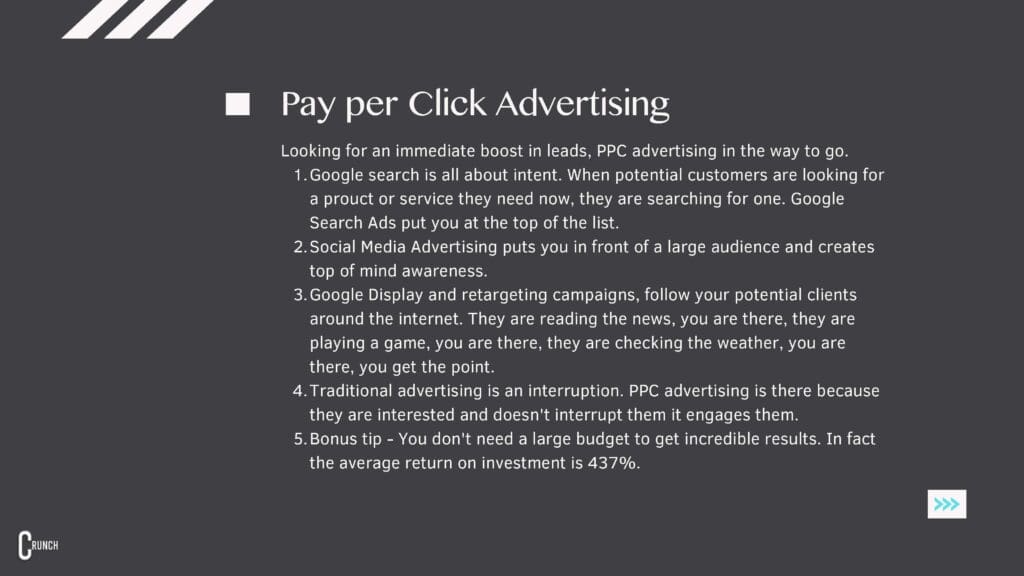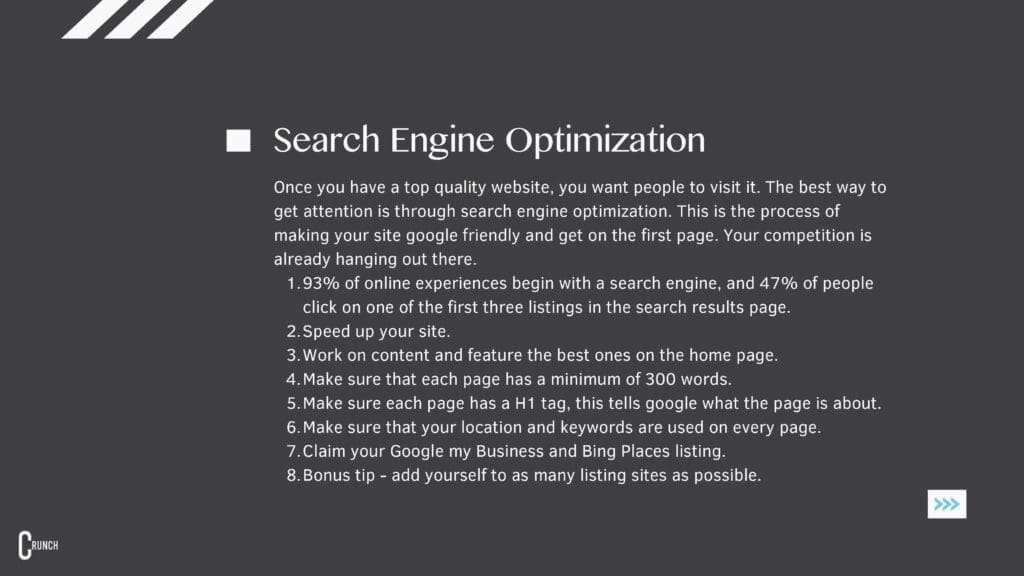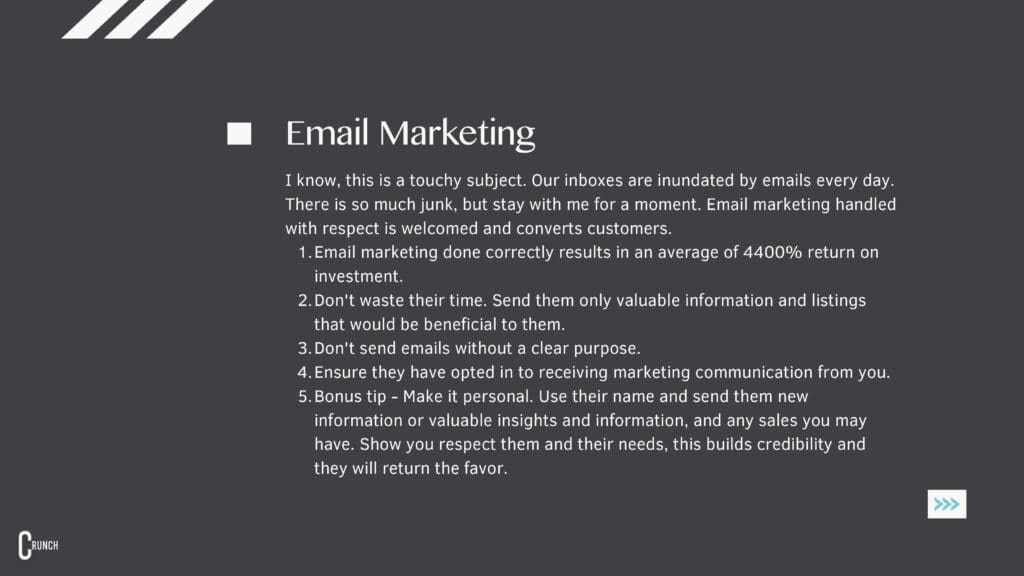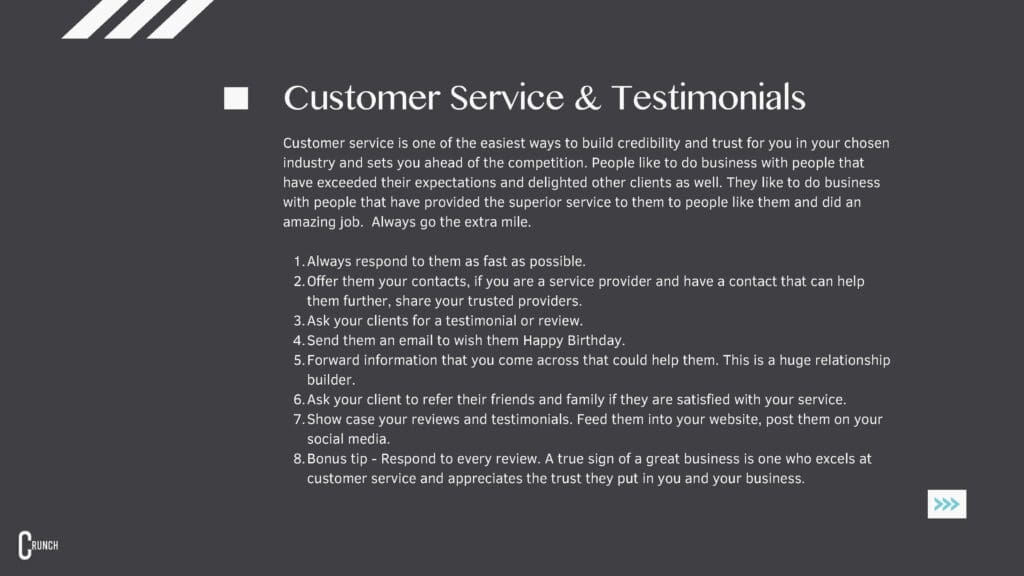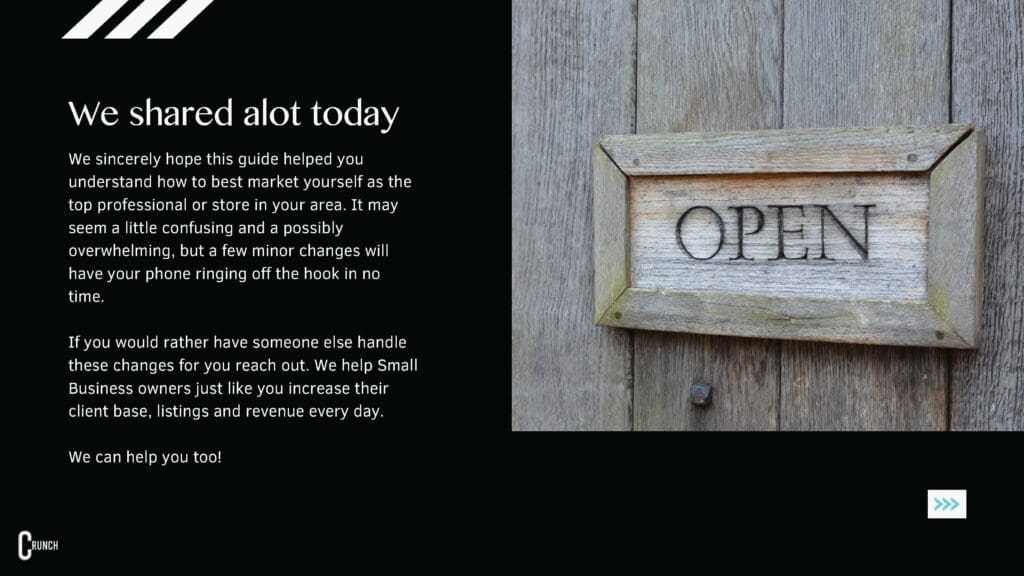If you’re a business owner, the last thing you want to do is waste money. You want to make sure that every dollar you spend on your website is going towards increasing revenue and ROI. This means optimizing your website for conversion–which can be difficult if you don’t know where to start. In this article, we’ll explore how to optimize every aspect of your site so that it makes more sales and generates more leads over time.
Understand your audiences.
First, understand your audience. You must know who you are talking to in order to get their attention, help them and earn their trust.
- Figure out who your audience is.
- Learn about their needs and pain points, so you can tailor your content to meet those needs.
- Focus on what makes them tick, because that’s going to be a huge factor in whether they convert or not.
Make your content easy to digest. You don’t want people to have to sit through a 15 minute video or read an entire blog post in order to get the value they need. Break it down into smaller chunks that are easily digestible so they can understand and apply what they learn quickly.
Identify your landing pages.
When you attract the attention of a potential customer, you want to make sure that where they land is exactly what they are looking for. Make the information easy to read and don’t forget to include several call to actions of the page. The best landing pages offer a few different journeys for the visitor to take. Consider things such as a free service or guide, call your business, fill in a form, or purchase a product.
Now that we have identified our landing page, lets make sure it is optimized. Make sure the information on the sit contains the keywords you are targeting, that your page is indexed and the it looks great no matter the screen size. Don’t forget speed is king, make sure that sucker loads fast.
Improve your load times.
One of the easiest ways to increase your website’s page speed is by using a content delivery network (CDN). A CDN is a network of servers around the world that serve your images, CSS files, JavaScript files and HTML from different locations. This means it won’t have to travel as far from one server to another.
Serve your images as WebP files, Images are one of the largest loading elements on any website so having them converted into WebP files and served from A CDN will ensure they load as fast as possible.
Optimize those forms.
The easier your forms are the more people will fill them in. Make sure the information you request in needed and relevant to what you need to move on to the next step.
Consider the fact that everyone is different, some people may not mind giving you lots of information while others will be more reserved. Make sure the required fields are actually required. For instance, the majority of people that are making an initial inquiry do not want you to have their phone number, it is the required field that most people will abandon your form on.
After they have submitted their form, respect the information. Just because they gave you their email does not mean they want multiple messages from you. Be respectful of the potential customers inquiries you get, and respect boundaries.
Change the design of your landing page.
If you’re trying to optimize your website for conversions, one of the best ways is to change the design of your landing page. You should use a design that is more engaging, personalized and interactive. This can be done by using visual elements within your marketing content (such as photos), or by including tools like surveys or calculators in order to get users more involved with what you are offering.
You also need to make sure that there are no distractions on the page. This includes anything that could take away from your message and distract visitors from converting.
Make sure your design is optimized for all screen sizes, at Crunch Fource, we optimize our sites for everything from big screen tv’s to small devices. People consume media on a multitude of devices, you want to make sure your best foot is forward for every single interaction.
Make sure your text is readable.
One of the easiest ways to optimize your website for conversions is to make sure you’re using a readable font size. According to UX Matters, “the ideal line height is considered to be 1.5–2 times larger than the font size. If it’s less than 1.5X, then the text will appear scrunched up and difficult to read on smaller devices such as mobile phones or tablets; if it’s greater than 2X, then it will look too big and may even cause people with low vision problems.”
Another way you can optimize your website for conversions is by shrinking paragraphs down so that they aren’t overwhelming or intimidating for readers who may not have much time on their hands (or eyes). Making paragraphs shorter and more digestible also helps people scan through information more easily and quickly so that they can find what they’re looking for faster—which means there’s no room for any kind of distraction on your site! Remove any unnecessary words.
Improve your lead generation form UI.
- Make your form fields large enough to capture users’ attention.
- Use a simple, clean design with minimal distractions.
- Use a single-column layout so that all the information needed to complete the form is visible on one page and you don’t have to scroll around in order to find what you’re looking for.
- Add call-to-action buttons at the end of each line of text (like “Submit” or “Subscribe”) so they’re easy for visitors who read through your page quickly but still want more information about what they’ve read before leaving (or clicking).
- Create clear labels for each field so that visitors who need more detailed explanations about how something works will know exactly what you are looking for.
Build trust with customers and prospects.
The process of building trust is the most important step in the conversion funnel process. This is where your visitors will make an initial judgment about you and your website. If they don’t feel safe and secure, then they won’t do business with you.
There are some simple things that every site can do to build trust with their customers and prospects:
- Add a privacy policy.
- Add a return policy.
- Add terms of service
- Offer guarantees or money back guarantees for purchases made on the site.
- Include any reviews or testimonials you have-social proof is becoming increasingly more important. People do business with companies’ others have had a great experience with. Bonus points when you feed in google or other 3rd party reviews, those are vetted and instantly deemed credible.
Write the right kind of headlines.
Remember that your headline is like a salesperson, trying to convince people to buy into whatever you’re selling. Make sure it’s easy for your potential customers to understand what they’re getting and why they should care.
Headlines should be short, sweet and clear. Keep them under 15 words if possible.
Use active voice instead of passive voice because active voice is more direct and engaging than passive voice (but try not to use an imperative verb such as “buy”). You can also choose between first person (“I”) or second person (“you”). When in doubt about which one will work best for your audience
Optimize for mobile viewing.
Currently, mobile devices are the most popular way to access the web. It’s not just smartphones—tablets are also being used by consumers on a regular basis. As such, it’s crucial that your website is optimized for viewing on smaller screens. You can accomplish this by using a responsive design or theme (think of it as “mobile first”), which will automatically resize content so that it fits better into smaller browser windows. Make sure all of your content is easy to read and navigate when viewed on small screens by keeping paragraphs short and avoiding links that lead readers away from the page they’re currently visiting
When you’re building a website, make sure your web hosting provider offers enough bandwidth for the site to operate properly. If you run into problems with downtime or slow page load times, this is often due to insufficient bandwidth. You should also check your server logs occasionally to see how many visitors are visiting your site at any given.
Optimizing a website for conversion is key for increasing ROI
Optimizing a website for conversions is key for increasing ROI. The process of optimizing a website is relatively simple, but it’s easy to make some common mistakes that can hinder your success.
In order to optimize your site effectively, it’s important to have a clear goal in mind before making any changes. Without such an objective, it’ll be difficult for you to know whether or not your attempts at optimization are working out as planned—and if they’re not working out well enough, then what kind of adjustments should be made?
To get started, define your objectives:
- Determine which metrics matter most and focus on those first (e.g., time spent on site or conversion rate)
- Create specific goals based on those metrics (e.g., increase click-throughs by 10% within two months)
Optimizing a website for conversion is key for increasing ROI. The best way to do this is by understanding your audience and their needs, as well as identifying the most effective landing pages. You can also improve your load times and increase the number of form fields on your page. These steps will help you create a more optimized user experience that will result in more conversions
Happy Optimizing! If you feel like you could use some help with this Reach Out! We help businesses just like yours increased their conversions and ROI every single day and we can help you too!
If you would like to learn more about digital marketing or tips and tricks to help you grow your business digitally check out Content Hub, there is tons of information over there.

